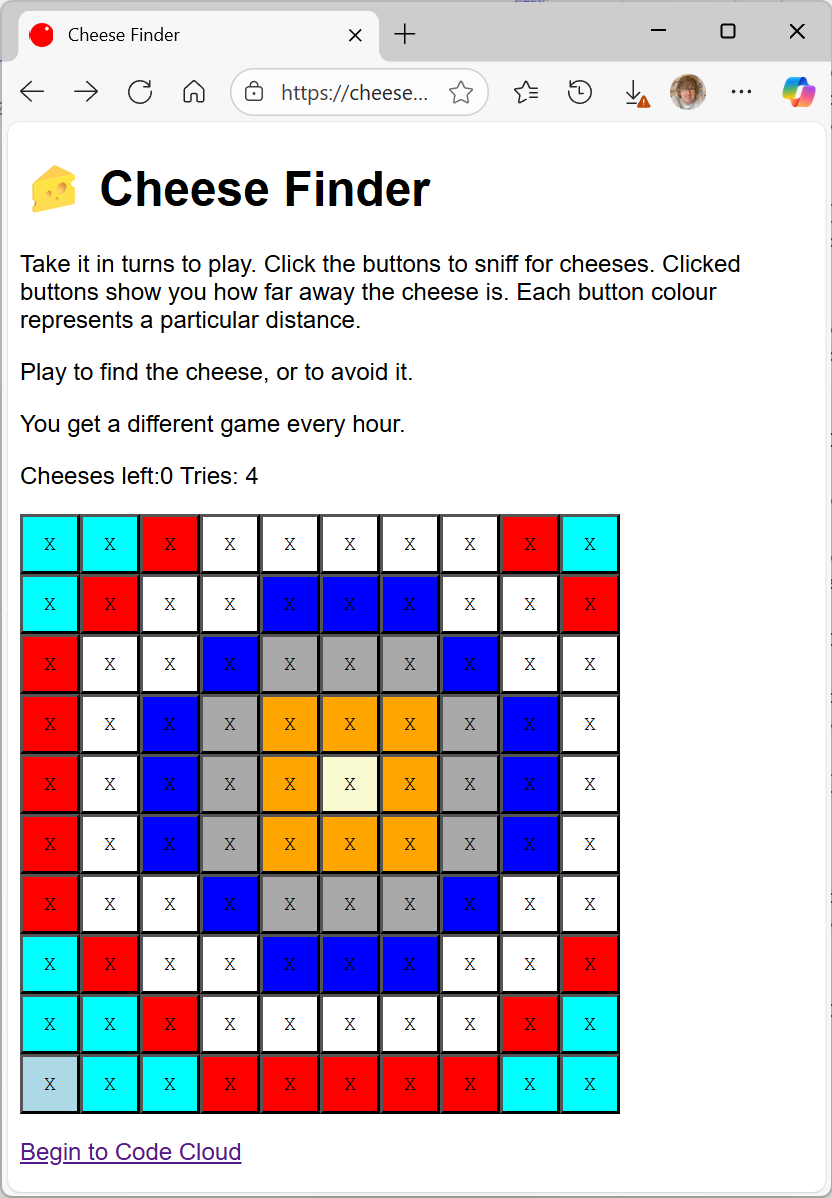Software Upgrades and Theft
/I'm away from home. Network connections in the hotel are a bit dodgy. I'm giving a talk at a technical conference where I'll be expected to have the brightest and latest software on display. And so of course the latest Windows Phone 8.1 release becomes available to me today....
So it was off to Starbucks for a coffee, some quality wifi and a firmware upgrade. It took a little while, but it is a tribute to the phone team that it all went swimmingly well. All my applications, media and settings made it across the upgrade and everything is where it should be. And there are some lovely new things to play with.
Once the upgrade was complete we headed over to the station and caught the train to The Hague.
And somebody stole my suitcase.
It seems that there is method behind the constant "Don't leave your luggage unattended." messages that they play at stations and airports. Because if you do it will probably be stolen. This put a bit of a downer on the day, although all the miscreant got away with was a bunch of over-sized clothes, some dirty. All my technology was in my backpack and that never leaves my sight. The good news is that the hotel is splendid, and while we were out looking for replacement clothes for me we found a smashing little town centre just a short walk from where we are staying.



































